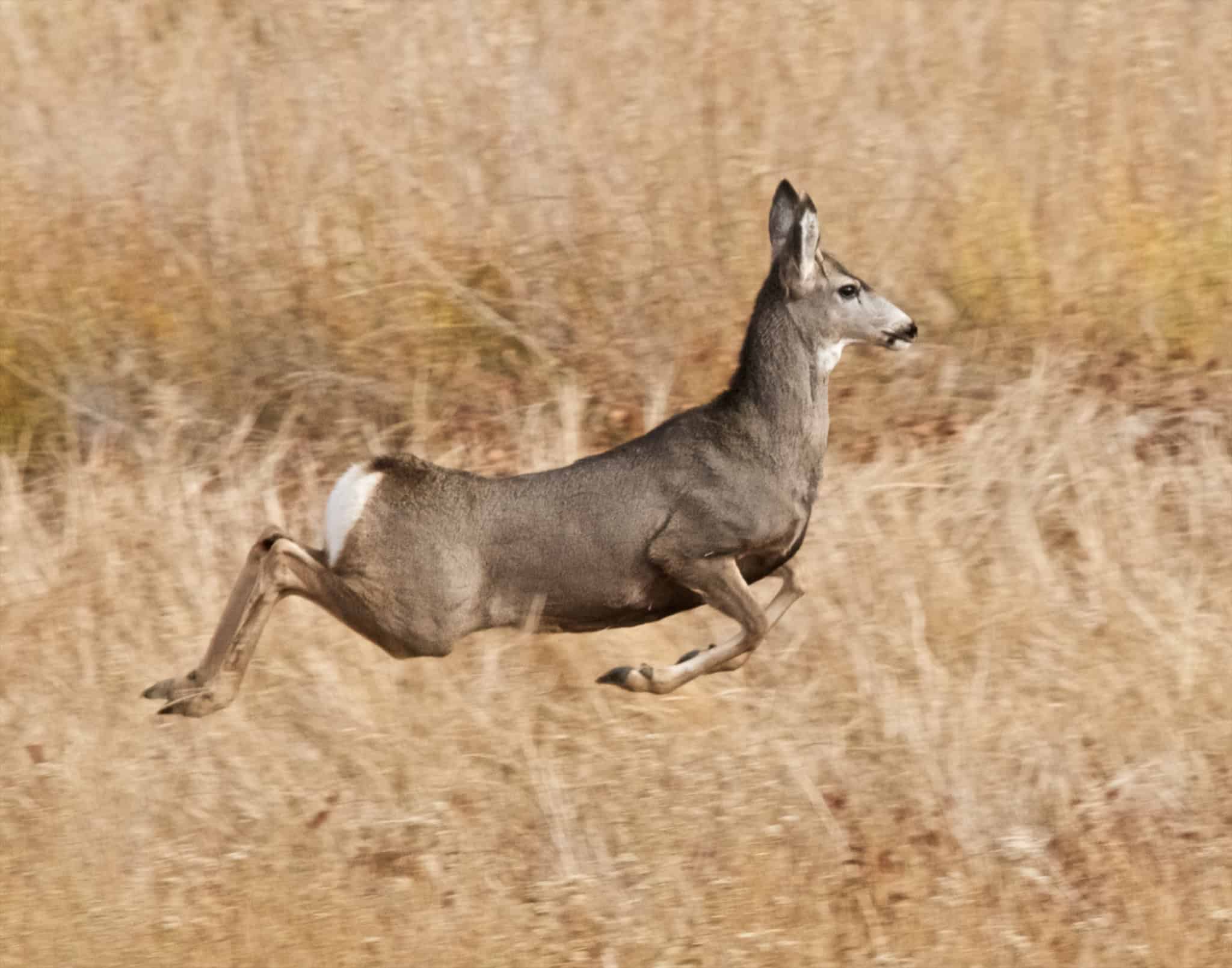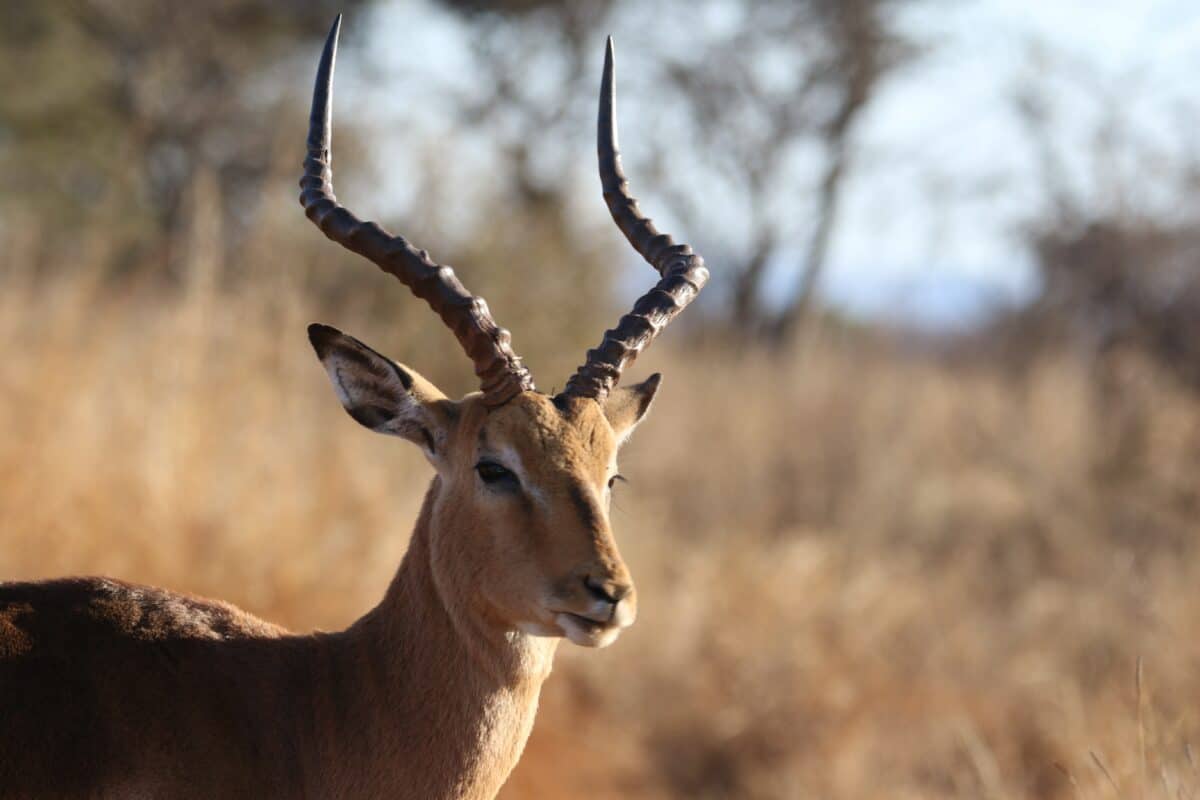Have you ever wondered how animals, despite being smaller or seemingly less potent than their predators, manage to survive in the wild? The animal kingdom is of astonishing tales of cunning and cleverness. From the tiniest insects to the most majestic mammals, nature has equipped its creatures with remarkable strategies to outwit their hunters. These tales of survival are not just fascinating; they are a testament to nature’s incredible adaptability and intelligence. Let’s delve into the world of animal ingenuity and uncover the 15 most innovative ways animals outsmart their hunters.
The Disappearing Act of the Octopus

Octopuses are masters of disguise, and their ability to blend seamlessly into their surroundings is nothing short of magical. Using specialized cells in their skin called chromatophores, they can change color and texture in the blink of an eye. This camouflage allows them to become almost invisible against the ocean floor, effectively evading predators like sharks. In addition to color change, some octopuses can mimic the shapes of other sea creatures, further confusing their hunters. Imagine an octopus suddenly resembling a venomous lionfish or a flat flounder; it’s a clever way to deter any potential threats. This incredible adaptability showcases the octopus’s true intelligence and survival instinct.
The Decoy Dance of the Killdeer

The killdeer, a small bird found in open fields and shores, employs a fascinating tactic known as the “broken-wing act” to protect its nest. When a predator approaches, the killdeer will feign injury, dragging one wing along the ground as if it’s broken. This act lures the predator away from its nest, as the predator perceives the bird as an easy target. Once the predator is far enough from its young, the killdeer miraculously “recovers” and flies away. This clever ruse highlights not only the bird’s intelligence but also its remarkable commitment to protecting its offspring. The killdeer’s performance is a stunning example of animal theatrics in the wild.
The Stink Bomb of the Skunk

The skunk is infamous for its pungent defense mechanism, but there’s more to this tactic than meets the nose. When threatened, a skunk will first give a warning by stamping its feet and raising its tail. If the threat persists, it releases a foul-smelling spray from its anal glands, which can reach up to 10 feet. This noxious odor is not only unpleasant but can also cause temporary blindness and confusion in predators. The skunk’s ability to aim this spray precisely makes it a formidable opponent despite its small size. This chemical warfare is a brilliant strategy that ensures predators think twice before making a skunk their next meal.
The Deceptive Dance of the Cuttlefish

Cuttlefish are cephalopods known for their mesmerizing color displays and ability to deceive predators. They use their skin’s chromatophores to create moving patterns that can hypnotize or confuse attackers. This dazzling display can make it difficult for predators to focus, giving the cuttlefish time to escape. Additionally, cuttlefish can mimic their surroundings, appearing as coral or sand, making them nearly invisible. Their intelligence is further demonstrated by their ability to learn and adapt their tactics based on the predator they face. This combination of beauty and brains makes the cuttlefish a true escape artist in the marine world.
The Startling Strategy of the Opossum

The opossum is famous for its dramatic “playing dead” routine, a tactic known as thanatosis. When threatened, an opossum will collapse, drool, and emit a foul odor, convincingly portraying a dead and decomposing animal. Predators often avoid carrion due to the risk of disease, allowing the opossum to escape once the threat has passed. This act is not a conscious decision but a physiological response, showcasing the opossum’s evolutionary adaptation for survival. By convincingly “dying,” the opossum effectively avoids becoming prey, turning the tables on its would-be attackers. It’s a remarkable example of how playing possum can be a life-saving strategy.
The Mimicry Mastery of the Leaf Insect

Leaf insects are the ultimate masters of disguise, perfectly mimicking the appearance of leaves to avoid detection. Their bodies resemble leaves not just in color but also in shape, complete with veins and even bite marks. This camouflage is so effective that even the most observant predator can overlook them. When wind blows, leaf insects will sway gently, further enhancing their leafy illusion. This ability to blend into their environment is a testament to the power of mimicry in the animal kingdom. By becoming one with their surroundings, leaf insects evade predators and ensure their survival in the wild.
The Illusionist Skills of the Chameleon

Chameleons are renowned for their color-changing abilities, a skill that serves multiple purposes in the wild. While many believe this is solely for camouflage, chameleons also use color changes to communicate and regulate their body temperature. By adjusting their skin color, they can blend into their environment, making it difficult for predators to spot them. This ability is controlled by a complex system of cells and pigments, allowing for rapid and varied color shifts. The chameleon’s adaptability and keen awareness of its surroundings make it one of nature’s most fascinating illusionists. Their color-changing prowess is a remarkable demonstration of survival through adaptation.
The Teamwork Tactics of Meerkats

Meerkats, the social mammals from the African deserts, rely on teamwork and communication to outsmart predators. They live in large groups, with designated sentinels who keep watch while others forage or rest. These sentinels stand on their hind legs, scanning the horizon for threats. If a predator is spotted, they emit a distinctive alarm call, alerting the group to seek shelter. This organized system of vigilance and communication ensures the meerkat’s safety and showcases the power of cooperation in the animal kingdom. By working together, meerkats create a formidable defense against even the most cunning of predators.
The Slippery Escape of the Hagfish

Hagfish have developed a unique defense mechanism that involves producing copious amounts of slime. When threatened, they release a protein-based slime that can expand rapidly in water, creating a sticky barrier. This slime clogs the gills of fish predators, forcing them to retreat. The hagfish’s ability to escape through this slippery tactic is both fascinating and effective. It highlights the evolutionary ingenuity of creatures in the ocean depths. This slimy defense is a perfect example of how unconventional strategies can ensure survival in a predator-rich environment.
The Bluffing Brilliance of the Pufferfish

Pufferfish are well-known for their ability to inflate their bodies, transforming into a spiky ball that deters predators. This inflation is achieved by swallowing water or air, making them appear much larger and more intimidating. Additionally, many pufferfish are toxic, containing a potent neurotoxin that can be deadly if ingested. This combination of physical and chemical defenses creates a formidable deterrent for predators. The pufferfish’s ability to bluff and back up its threat with toxicity makes it a master of survival in the ocean. It’s a perfect example of how size and poison can work together to outsmart hunters.
The Strategic Silence of the Barn Owl

Barn owls are silent hunters, but their stealth also serves as a defense mechanism. Their feathers are specially adapted to minimize noise, allowing them to fly silently and avoid detection by both prey and predators. This silent flight gives them the element of surprise, whether they are hunting or evading threats. The barn owl’s acute hearing also allows it to detect the slightest movements, giving it an edge over potential predators. By mastering the art of silence, barn owls have become one of nature’s most effective hunters and elusive prey. Their quiet approach is a testament to the power of stealth in the animal world.
The Confusing Camouflage of the Stick Insect

Stick insects, much like their leaf insect relatives, rely on camouflage to evade predators. Their bodies are elongated and textured to resemble twigs and branches, making them nearly invisible in their natural habitat. This camouflage is so effective that predators often overlook them, mistaking them for part of the plant. Stick insects will also remain motionless for extended periods, further enhancing their disguise. This ability to blend in seamlessly is a remarkable adaptation that ensures their survival. By becoming one with their environment, stick insects demonstrate the power of camouflage in the wild.
The Evasive Acrobatics of the Gazelle

Gazelles are known for their incredible speed and agility, which they use to evade predators like cheetahs and lions. When threatened, a gazelle will perform a series of high, bounding jumps known as “stotting” or “pronking.” This display not only confuses predators but also demonstrates the gazelle’s fitness, potentially deterring the predator from pursuing. The gazelle’s ability to change direction rapidly and maintain high speeds makes it a challenging target. This combination of speed and acrobatics showcases the gazelle’s survival strategy in the face of danger. Their graceful maneuvers are a testament to the effectiveness of agility and speed in the animal kingdom.
The Ingenious Ink of the Squid

Squids employ a clever defense mechanism by releasing a cloud of ink when threatened. This ink acts as a smokescreen, allowing the squid to escape while the predator is momentarily blinded and confused. Some species of squid can even release ink that mimics their shape, creating a decoy that further distracts the predator. This inking ability is a remarkable adaptation that ensures the squid’s survival in the ocean’s depths. By using deception and distraction, squids demonstrate the power of ingenuity in evading threats. Their inky escape is a perfect example of how creativity can be a lifesaver in the wild.
The Protective Armor of the Armadillo

Armadillos are equipped with a natural armor of bony plates, providing them with a formidable defense against predators. When threatened, some species can roll into a tight ball, protecting their vulnerable underbelly and presenting an impenetrable barrier. This defensive posture makes it difficult for predators to grasp or harm them. The armadillo’s armor is a remarkable example of physical adaptation in the animal kingdom. By relying on their protective shell, armadillos can outsmart predators and ensure their survival. Their armored defense is a testament to the power of natural protection in the wild.
The Decoy Strategy of the Cuckoo

Cuckoos are notorious for their brood parasitism, a strategy that involves laying their eggs in the nests of other bird species. This cunning tactic ensures that the cuckoo’s offspring are raised by unsuspecting foster parents, freeing the cuckoo from the demands of parenting. The cuckoo chick often mimics the appearance and calls of the host’s young, ensuring it receives adequate care and food. This deception allows the cuckoo to focus on survival and reproduction without the burden of raising its young. The cuckoo’s clever use of deception and mimicry is a remarkable example of strategy and survival in the bird world.
Conclusion

In the grand tapestry of nature, animals have evolved a myriad of strategies to outsmart their hunters. From the masterful camouflage of the octopus to the daring acrobatics of the gazelle, these tactics highlight the incredible intelligence and adaptability of the animal kingdom. As we marvel at these survival stories, one can’t help but wonder: what other secrets does nature hold in its arsenal of cunning and cleverness?
- The Secretary Bird A Raptor That Hunts on Foot - August 9, 2025
- 10 Dog Breed Restrictions That Stir Controversy in U.S. States - August 9, 2025
- 13 Animals That Outsmart Their Predators - August 9, 2025

